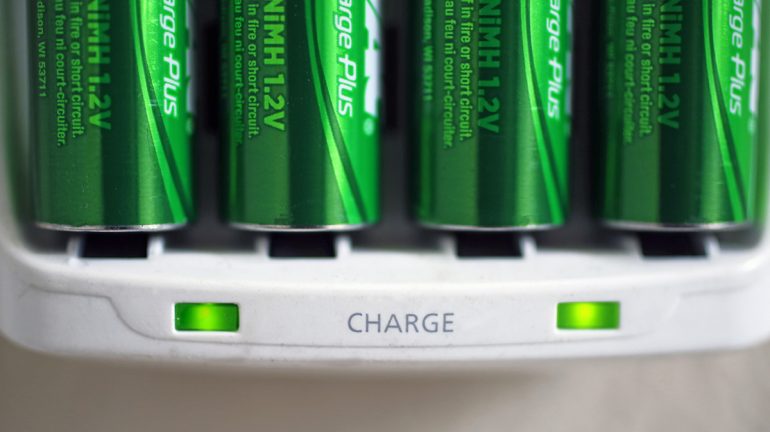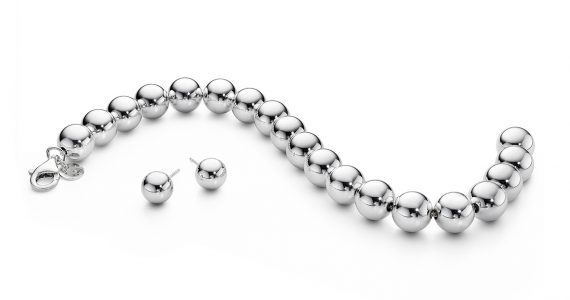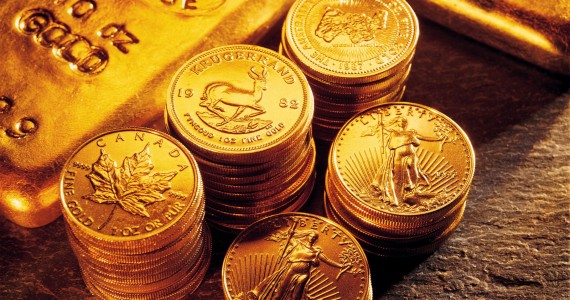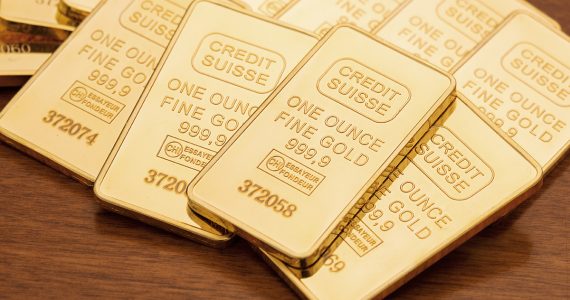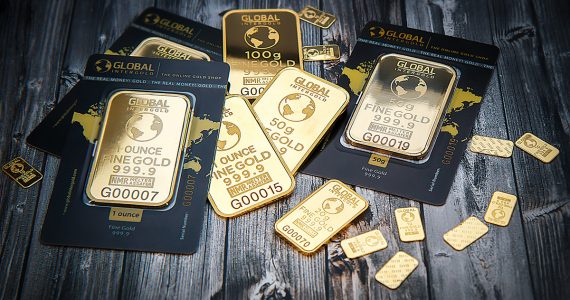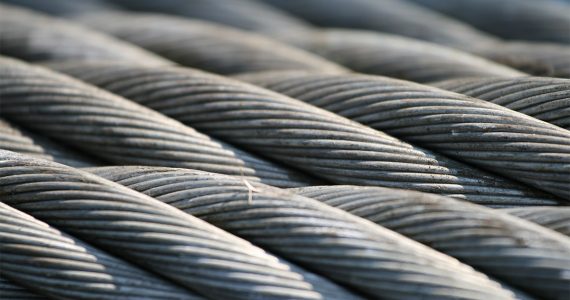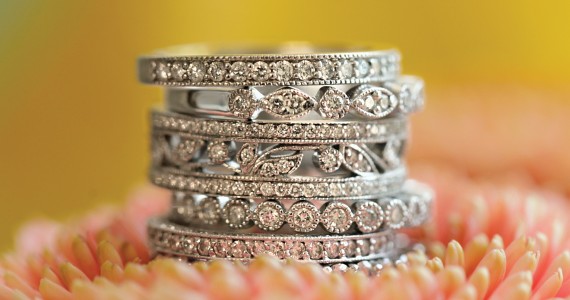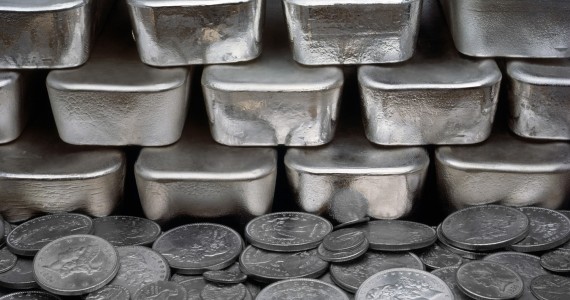China’s Tianqui Lithium is planning to build a $300 million lithium processing plant in Kwinana, just south of Perth, Western Australia (WA). This expansion will significantly add new volume to Australia’s lithium market, which we have all seen boom but could now be headed towards oversupply.
Australia’s lithium industry is booming, but it now faces an existential threat. If Tianqi Lithium goes ahead with its plans and changes the supply landscape, The Australian also predicts that the large Greenbushes lithium mine in WA could announce plans of doubling its output as well.
Tianqi owns a 49% stake in Greenbushes. A look at Tianqi’s planning documents reveal that there are intentions to build a lithium processing plant that annually converts 160,900 tons of spodumene concentrate from Greenbushes to 24,000 tons of lithium hydroxide. This will feed into the market for lithium ion batteries, which is experiencing rapid growth.
Excerpts from Tianqi’s submitted plans mention this specifically. “A strong increase in demand is forecast for lithium compounds for the production of high performance, rechargeable lithium batteries used in the electronics market. As a result, Tianqi intends to increase its lithium production capacity with a new stand-alone facility, the lithium hydroxide process plant in the Kwinana Industrial Area.”
The reality of competition from China’s Tianqui may be ruffling some feathers and causing waves of panic in Australia’s junior lithium players, but this development has its ups. At the very least, this new plant represents a major investment, and this come at a time when there is falling activity across the state. For the state government of Western Australia, this will be very beneficial.
Once this processing plant is in place, it will mean greater revenue for the state because of the plant’s ability to convert the spodumene from Greenbushes to lithium, significantly adding value to it. A ton of spodumene concentrate is worth about $450. To produce a ton of lithium hydroxide, you’ll need to process 8 tons of spodumene, but once you have the lithium, that will be worth $14,000-$15,000 a ton. The value added is significant, and so will the revenue for WA.
Aside from the potential output, the new plant in Kwinana will also need to employ several hundreds of workers for construction to take place. Once it’s fully operational, it will also need about 60 full-time staff.
Earlier this month however, Macquarie analysts have warned that this boom we’re now seeing for hard-rock lithium could be “over before it started,” as so much activity is happening in the supply side.
Lithium Demand
The flurry of activity in the supply side and the projected increase of lithium production are understandably causing some concern. However, it is also worth looking at the demand side. Oversupply will only be a major concern if demand for lithium stops or falls significantly. Looking at how the market is operating now, it doesn’t look like that’s the case.
First, we must understand lithium. Unlike other elements that we are enjoying an abundance of, lithium has a very limited supply. It only makes up 0.0007 % of the Earth’s crust. Looking at where lithium can be found in the world, you have Chile on top with Australia as the second producer.
This limited supply of lithium means that any rise in demand will also translate to a rise in price. A look at the historical price of lithium will show us that this is exactly what’s happening. In 2002, the price of lithium per metric ton was at $1,590. A decade ago in 2006, this slowly rose to $2,320. Last year it almost tripled to $6,500 and today it’s at $7,475.
What exactly is driving this demand? Among other things, it’s the rise of electric cars. Tesla’s ongoing success is changing the landscape of the electric car market, as well as securing the demand for lithium-ion batteries. People are now seeing electric cars a truly viable transportation alternative, and this is reflected in the market.
The rise of Tesla has other companies scrambling to make their versions as well. Apple and Google are posed for their very own launches, and Chinese billionaire Jia Yueting is planning to build a billion-dollar car production factory this 2017. If demand for lithium-ion batteries is high now, it will become even higher as these companies follow suit.
But it’s not just electric cars. Think of all your gadgets. Lithium is found in all the rechargeable batteries that power all kinds of devices – smart phones, laptops, tablets, and digital cameras. Even non-rechargeable batteries need lithium to function. As the world needs more and more gadgets, the demand for lithium stays. In fact, the global market for Lithium-ion batteries is expected to be $22.5 billion by end 2016, which is double its value back in 2012.

